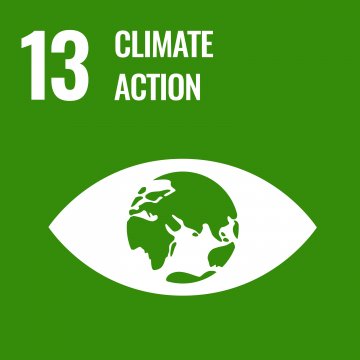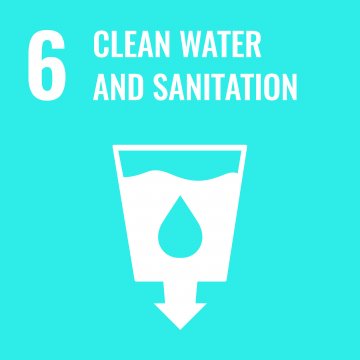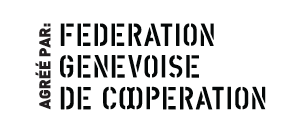Raincommunity - Phase 2
The "Rain Communities" project aims to improve the resilience of Nepalese populations to the hazards of climate change by restoring ecosystem functionality, improving water availability, consolidating agricultural practices and promoting collective and sustainable management of natural resources at catchment basin level by local stakeholders in the project region.


Fédération Genevoise de Coopération (FGC), Services Industriels de Genève (SIG), L’Effet Papillon
Beneficiaries
- 2,200 households in 10 rain communities (direct beneficiaries)
- 3000+ households in the Tobang region, Chitwan district (indirect beneficiaries)
- 5000+ households in the Pokhara region, Kaski district (indirect beneficiaries)
- 75 households equipped with rainwater collection tanks
- 35 households equipped with greenhouses for market gardening
- 300 households benefiting from the rehabilitation of springs
- 4,500 households benefiting from the rehabilitation of retention ponds (pokharis)
- 7,500 households benefiting from reforestation campaigns
- 100 members of the local authorities
Total Cost
724'000 CHF
Duration
2023-2026 (36 months)

A growing water shortage
In the Tobang and Pokhara regions, communities are suffering from a cruel lack of access to water and good hygiene practices. Although our partner Kanchan Nepal has already built 33 individual PEG systems in the village of Tobang and 30 in the Pokhara region, the supply is still inadequate. The dispersal of households into small groups of houses makes it difficult to set up larger systems to meet demand. While households located downstream can be supplied by gravity-fed systems, households located on the higher parts of the hills lack in frastructure and suffer recurrently from a lack of water in the dry season.
This situation of water insecurity is compounded by poor farming practices, soil quality and rampant deforestation on adjacent slopes. The loss of vegetation cover encourages intense run-off during rainy periods, leading to erosion and soil loss, while preventing infiltration. As a result, groundwater eventually dries up, soils deteriorate and agricultural yields fall, exposing communities to the risk of nutritional insecurity.
Because of the area's topography, water for drinking and household use is only available from springs and seasonal resurgences located between 50m and 100mdownhill. In recent years, variations in rainfall, partly due to climate change, have greatly affected spring yields, which are tending to fall, making the communities in these regions even more vulnerable. While many communities in the Kaski district can be served by gravity-fed water systems, this supply does not work for households living on the hilltops. The head of the hill is not sufficient to store enough water to supply the springs at altitude. This situation was exacerbated by the earthquake in April 2015. The tremors modified some of the veins and resurgences in the hills.
Nowadays,many systems are possible to pump water under pressure to over 80-100 m above sea level. However, these techniques are costly and complex to implement in this type of context. In order to maintain the system, it is also necessary to implement costly covering systems to avoid rapid malfunction.
Rainwater is a resource that is currently undervalued and therefore underused when it comes to supplying water to rural communities.Good management of this resource is a relevant and effective option for meeting the basic needs of marginalized hilltop communities.
Taking action to build resilience
- Develop sustainable agricultural practices, integrating new rainfall patterns;
- Better retain rainfall in the hills to optimize aquifer recharge;
- Strengthen rainwater harvesting in reservoirs, an important source of drinking water;
- Develop community understanding of these phenomena.
- Thinking at catchment scale to ensure integratedwater resource management (IWRM)
Engaging the communities
The Water Use Master Plan (WUMP) approach is used to implement integrated water resource management in the project area. Communities and local authorities are involved throughout the process.
In order to understand the communities' knowledge of water management, a participatory 3Dmapping exercise is being carried out. This work enables the location of water points to be determined, the characteristics of springs to be described, the environmental factors influencing the resilience of services to be understood,and a methodology for managing springs to be defined.
Local stakeholders are given technical support and assistance in controlling and optimizing rainwater run-off within the area, as well as developing anti-erosion, collection and aquifer recharging systems.